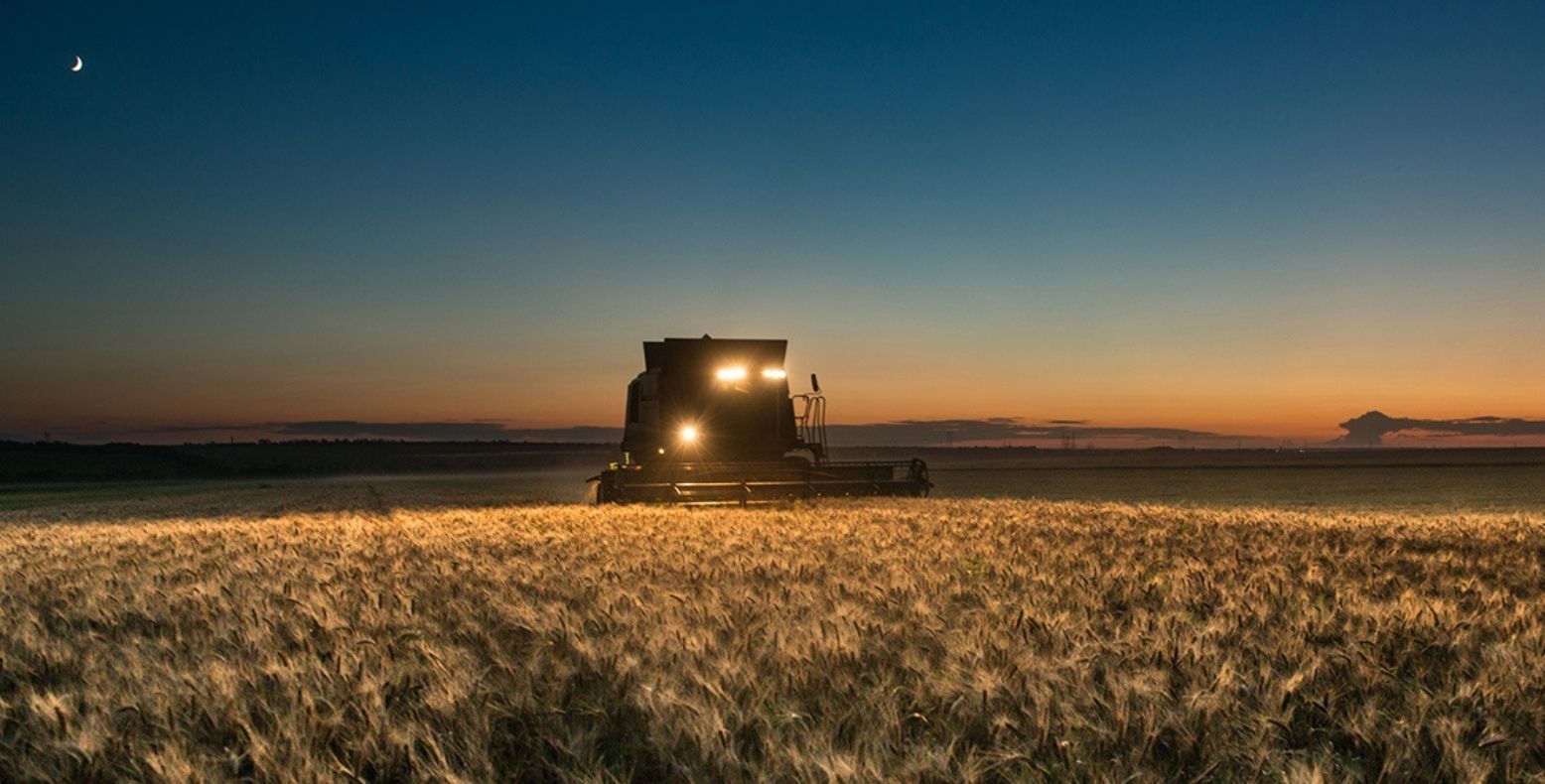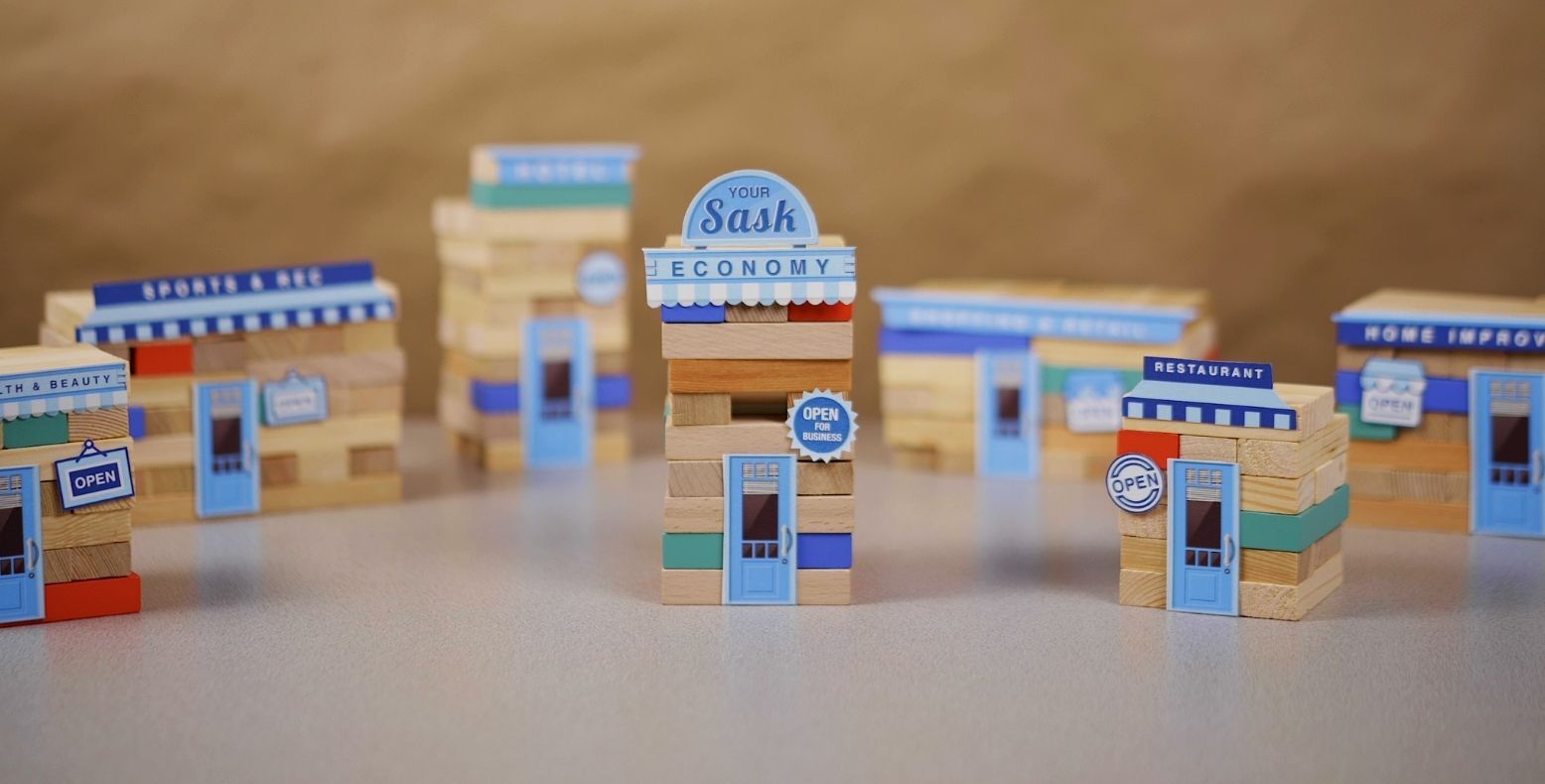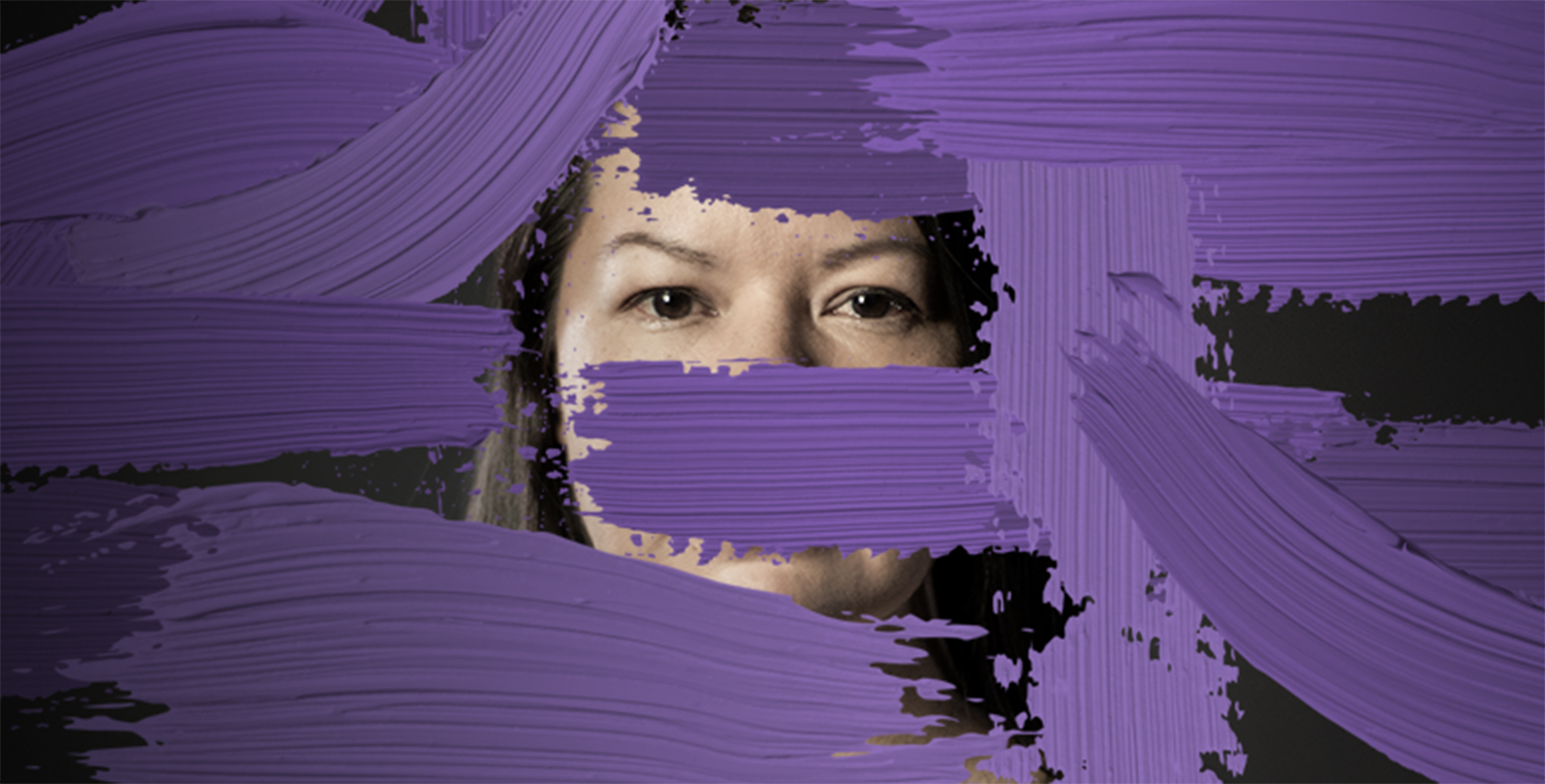When what you’re advertising isn’t simple
As advertisers and marketers, we love to keep things simple. Five words or less, key goals, images and colours that match the feel of that goal and message. We love cohesive brands and single messages that make it so much easier to reach our goal of clarity and memorability – ultimately leading to success for our clients on whatever metric we’re aiming for.
But not every client is straightforward in what they do and selling a single product, solution or idea. In fact, I think it’s becoming more common these days to have clients with multiple product lines or lines of business, or what we’re talking about here, which is where the products themselves are hard to understand or otherwise complicated.
Global Ag Risk Solutions offers a complex crop insurance product
One of our examples of a complicated product here at Phoenix Group is Global Ag Risk Solutions. To put it really broadly, they offer crop insurance. To shine a light on the complexity beyond the fact that insurance itself can be an overwhelming idea with legalities around language – they currently offer five types of multi-peril Production Cost Insurance (PCI). It covers inputs and gross margins, and pricing is based on a historic financials deep dive for every customer. They also, generally, cost a lot more than provincial crop insurance. They do a lot more than provincial crop insurance too.
Just a few short years ago, Global Ag’s product was radical in its field (ha!). Now that they’ve been around for a while, with some strong advocates in the ag community, the idea of PCI itself isn’t so unbelievable, though there are still some who look at their coverage and think it’s “too good to be true,” especially when comparing it to provincial offerings. So, we’re fighting the idea of complexity in what is undoubtedly the complex field of insurance with a number of iterations of a product that is still a bit new or not understood.
Our job as advertisers is even more important for these clients
As advertisers, I think our job is even more important for these particular clients and products. I relate it back to my experience as a writer in particular, and to get even more specific, my experience as a writing tutor at the University of Regina. Seeing so many smart, capable people every day who struggled to get their thoughts and research down on paper in a coherent way was really enlightening on what is a huge factor of the work I do today when dealing with complex products – translation.
This isn’t literal translation, of course, but translating from niche concepts and even language into something that the target audience (usually a segment of the general public) can understand. Every industry, and even every company, develops its own shorthand, acronyms, and turns of phrase that make communication with other people who are part of the “in group” faster and easier. The problem is that nine times out of ten, we aren’t advertising to someone in the “in group” and can’t expect them to understand that shorthand. Because I’m also generally not part of the “in group,” my team members and I can act to bridge the comprehension gap.
In advertising this happens both ways. We need to deeply understand the client’s products and goals, but we can’t always expect the client to immediately understand our choices of how we take those goals and put dollars and creative behind them. Ideally, you’ll have clients who have come to you for your expertise and trust your decisions are sound, but it’s still important that you can explain why you’ve made those decisions and what informed them.
It’s like how English grammar is like a loose handful of rules, suggestions, and some guy’s opinion from like the 14th century. It’s my job as a writer to know the ins and outs of it, when to follow tradition and when to break the rules, but I never expect our clients to have the same understanding. I most often cite “clarity” as my reason for making grammatical changes because that’s exactly what grammar is the simplest form – a tool for clarity.
Zoom way out on the complexity to create more clarity
My job, as I see it, is taking this seemingly unwieldy thing in the form of a complex product and bringing a different view to the table to create more clarity. Let’s bring it back to the whale analogy. Whales are scary big. Massive. And yet, if pressed, you could probably draw a simple whale that anyone could recognize for what it was. Why is that? Well, there are many reasons, but the main ones that fit what I’m saying here is a matter of perspective and repetition.
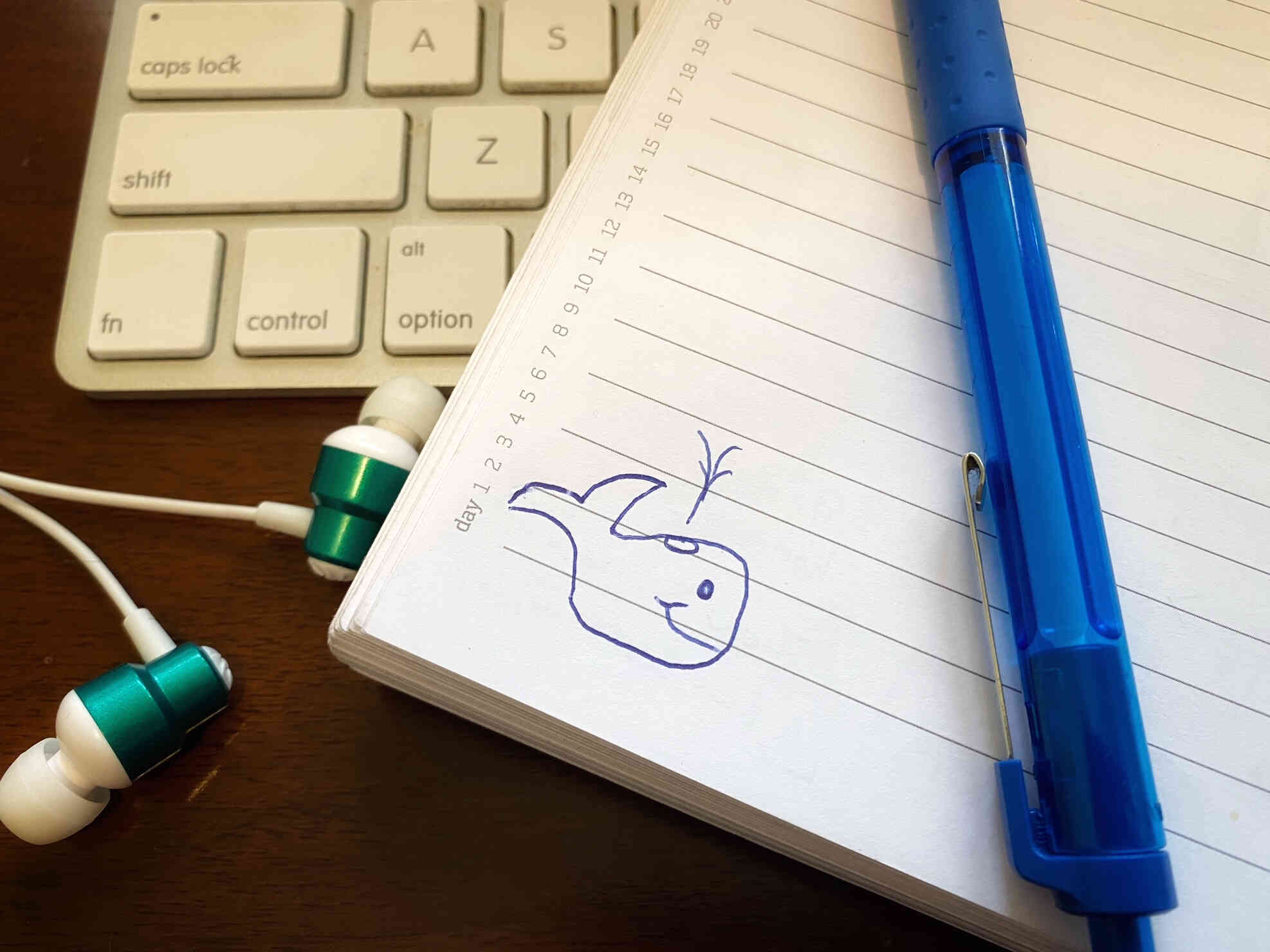
Perspective and repetition! Clients like Global Ag who work in such a specialized industry are so familiar with what they do and so deep into it that working with an agency like ours brings a huge amount of perspective to the table. You know what a whole whale looks like because you’ve seen pictures taken from far away that can capture the whole whale. You’ve seen them again and again, and interpreted through drawings and artwork, all giving you this single idea of whale.
Break the whale down into basics
That idea of whale is broken down into identifiers (tailfin, blowhole, vaguely oblong-ish in shape) and then you do the work of translating that simplicity back into everything you know about whales. The simplistic idea of drawing a whale from memory is what we’re trying to do with a complex product – break it down into the basics and leave the complexities for further along in the process once the audience has a good idea of what we’re talking about.
We recently did a full website re-design for Global Ag with Oh! Media, our in-house all things web team, and it was such an incredible opportunity to streamline how we talk about their product basically from scratch. We had the chance to define our language and really get down to basics to create a springboard that all future advertising and writing can play off of.
We got to eat the whale the only way that whales can be eaten – bite by bite.
Eat the whale by getting familiar
The first step was to get as familiar with the product as an outsider as I possible could. I’ll never understand Global Ag Risk and what they do like someone who works there every day, but I can always do my best to have a firm grasp. I took the training that they give their employees and asked a lot of very specific questions. Not being afraid to ask for explanations of the “obvious” is really helpful, especially when you’re wholly unfamiliar with the product like I was with ag insurance. I’m city folk!
An example of this would be talking about frost as one of the perils that a Global Ag policy would cover. Sure! Frost is bad for crops! We all know that. You cover your tomatoes in the fall when there’s a frost warning. But what does frost actually do to a whole field of crop. What does a farmer have to deal with if they’re faced with a big frost? Well, the answer was that often it doesn’t exactly “kill” the crop like I was thinking, but it greatly reduces the quality, which reduces the price a farmer can get for it. I never would have known if I didn’t ask for an explanation of the “obvious.”
Eat the whale by finding your fundamentals
So, now I know a lot about Global Ag and their products and the problems that farmers face that their products help with. The next step is to bring in that perspective and zoom way out on those problems. Fundamentally, what does the product do? Every product and service exists because someone saw a need for it, so there will always be a reason. In the case of ag insurance, it’s about reducing risk, increasing protection. Zoom out a little further and we could say ag insurance is about peace of mind. Get really galaxy-brained about it and ag insurance is about legacy.
Let’s settle in the middle and say that really, Global Ag Risk isn’t selling insurance, they’re selling peace of mind. Now we know the message we’re trying to communicate and can tailor every piece of creative to ultimately come back to that message.
Eat the whale by writing/creating to your fundamentals
We’ve done this for Global Ag Risk in a few ways over the years. In the past we’ve played hard into fear, which is the opposite of peace of mind.
And more recently, for their new website, we’ve brought in real stories from their clients about what having a Global Ag Risk policy has done for them. These aren’t so much a testimonial as a walkthrough a client’s full year, including why they chose Global Ag, the perils they faced during the year, and what the policy did for them.
We wrote one of these for each of their products, using real clients as the basis, but anonymizing the names and numbers. Every situation is completely real-world based – so much so that when Global Ag had someone new join their team, he was frustrated he couldn’t find the client’s files to fact-check the math!
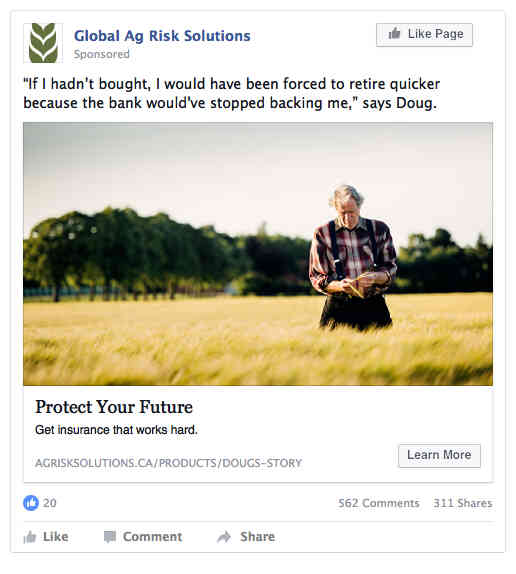
With these stories, we used the emotional pull of a quote in most of the advertising. All of the situations would be familiar to our audience, and would help draw them to the full story, which all featured big payouts after sometimes disastrous years. All drive home the message that having a Global Ag policy gave these farmers better peace of mind, even in worst-case-scenario situations.
We also always want to recognize how difficult the business of farming has become, and how the right insurance can help mitigate some of that difficulty and also open up the opportunity to do things better and aim higher. Although the work is still hard and the hours can still be long, farming these days is as much about equipment management, data analysis, and finessing gross margins as it is about the boots in the field. Farming has changed, but traditional insurance hasn’t necessarily kept up with those changes.
Keeping peace of mind top of mind, along with the work ethic farmers are known for, is what lead us to one of my favourite go-to phrases for Global Ag Risk. “Sleep better. Farm harder.” To me it’s really a distillation of what Global Ag Risk is all about – peace of mind and batting for the fences (to use a sports analogy which our friends at Global Ag love).
“Sleep better. Farm harder.” meets the original goals I talked about – clarity and memorability. It also meets my arbitrary personal metric of “yeah, but can you put it on a billboard?” because I’m really a less-is-more kind of writer.
How to eat the whale
What have we learned here about advertising complicate products? How do we eat that whale?
- Get details
- Ask (seemingly) dumb questions
- Understand the specifics
- Zoom out
- No, further than that
- Distill the message
- Repeat that message
It will probably take a good amount of time to work through these steps depending on the size of your particular whale, but let me assure you, any whale can be eaten, and it starts with a single bite. Just keep eating.

